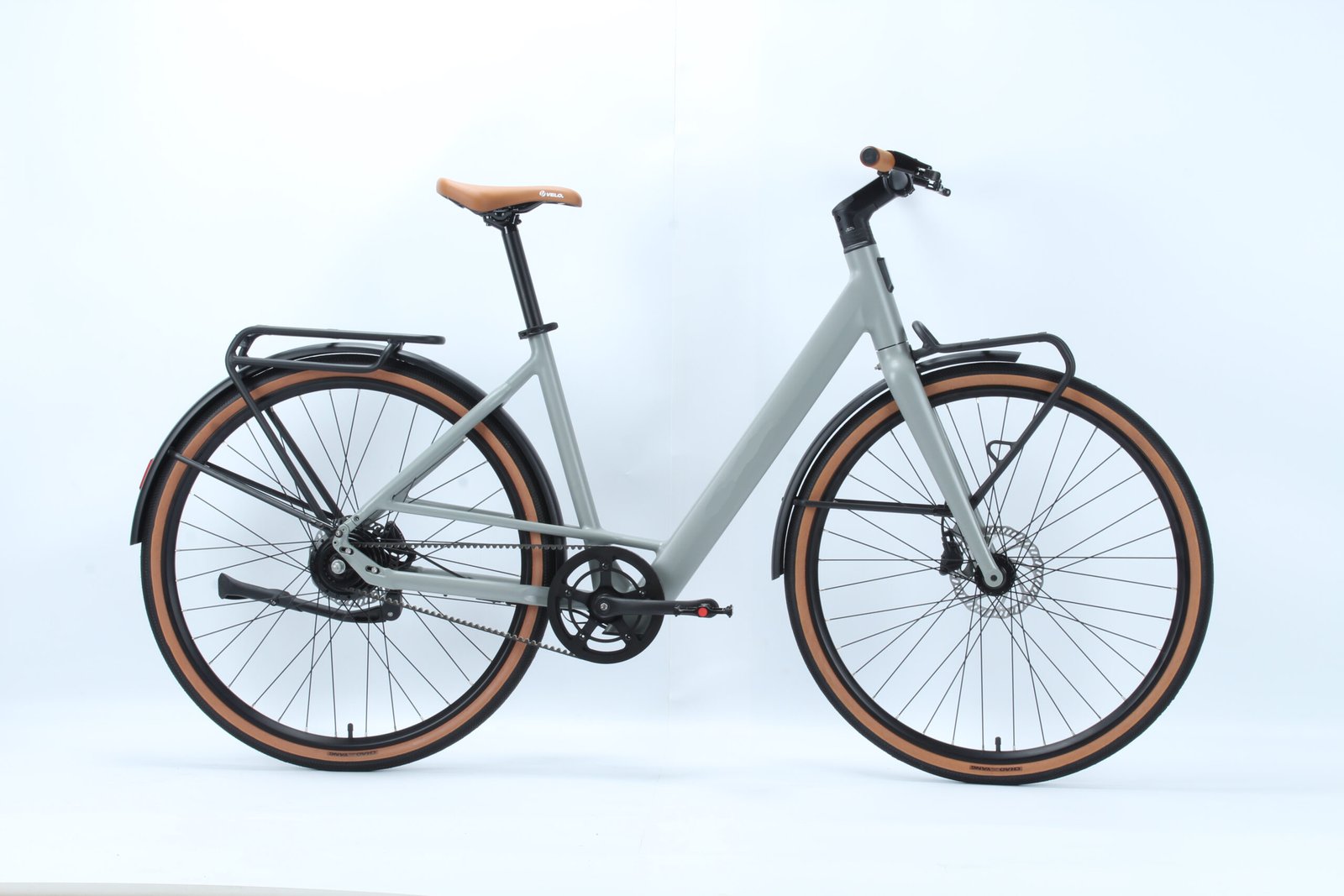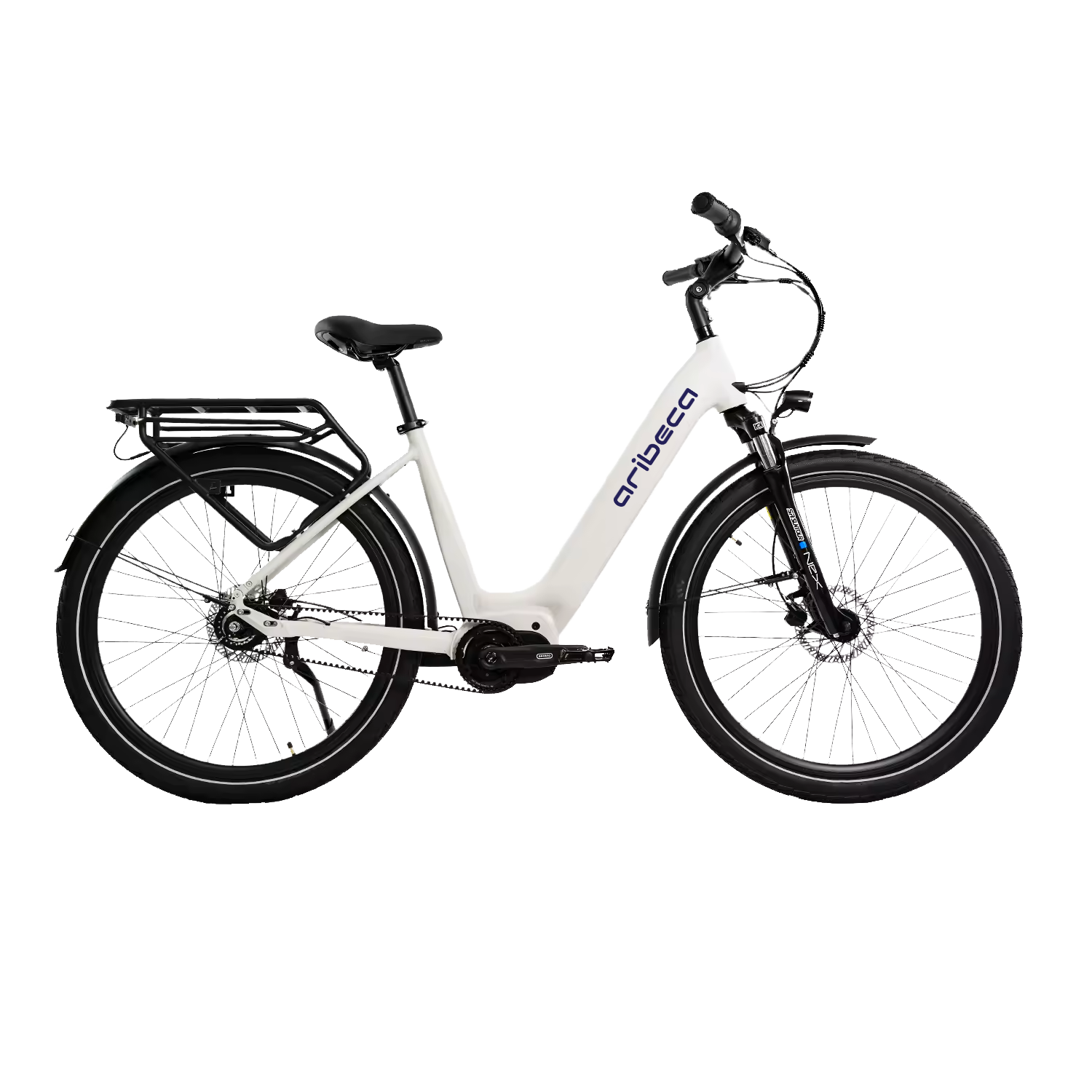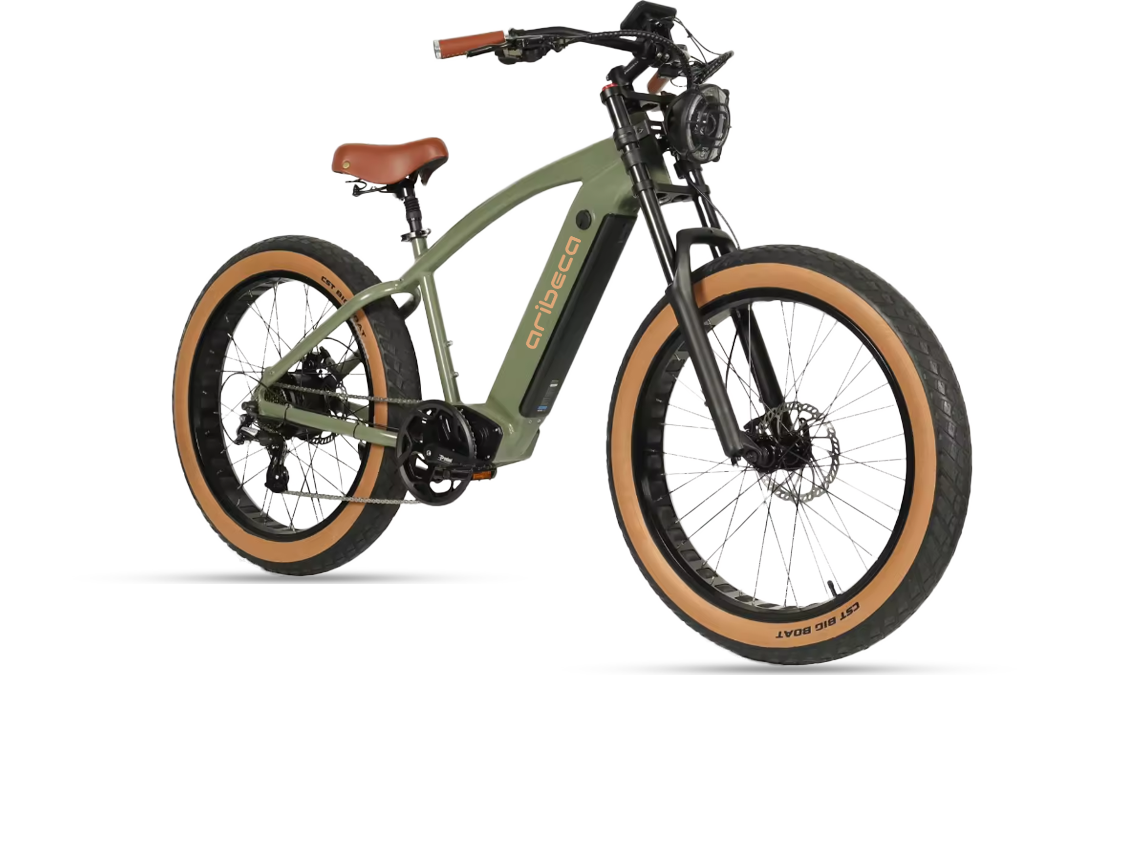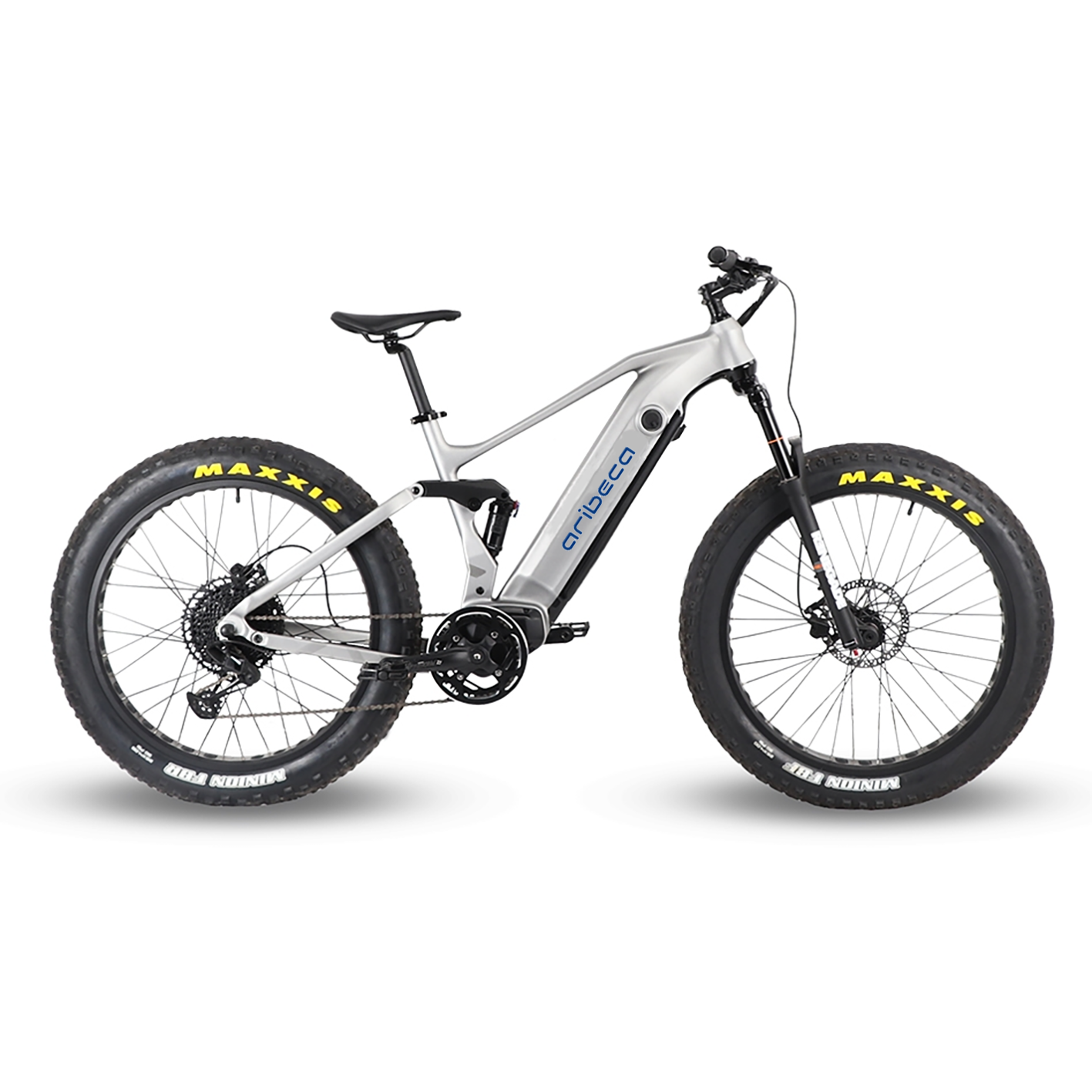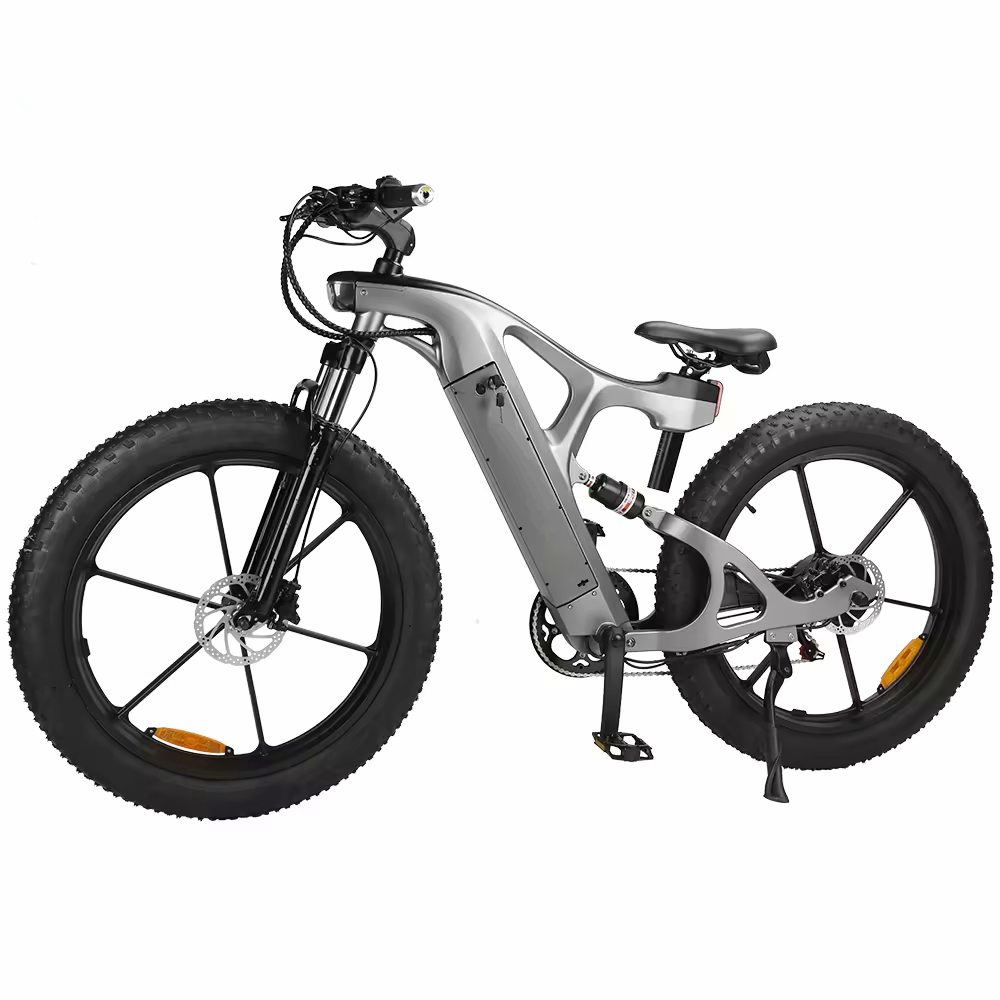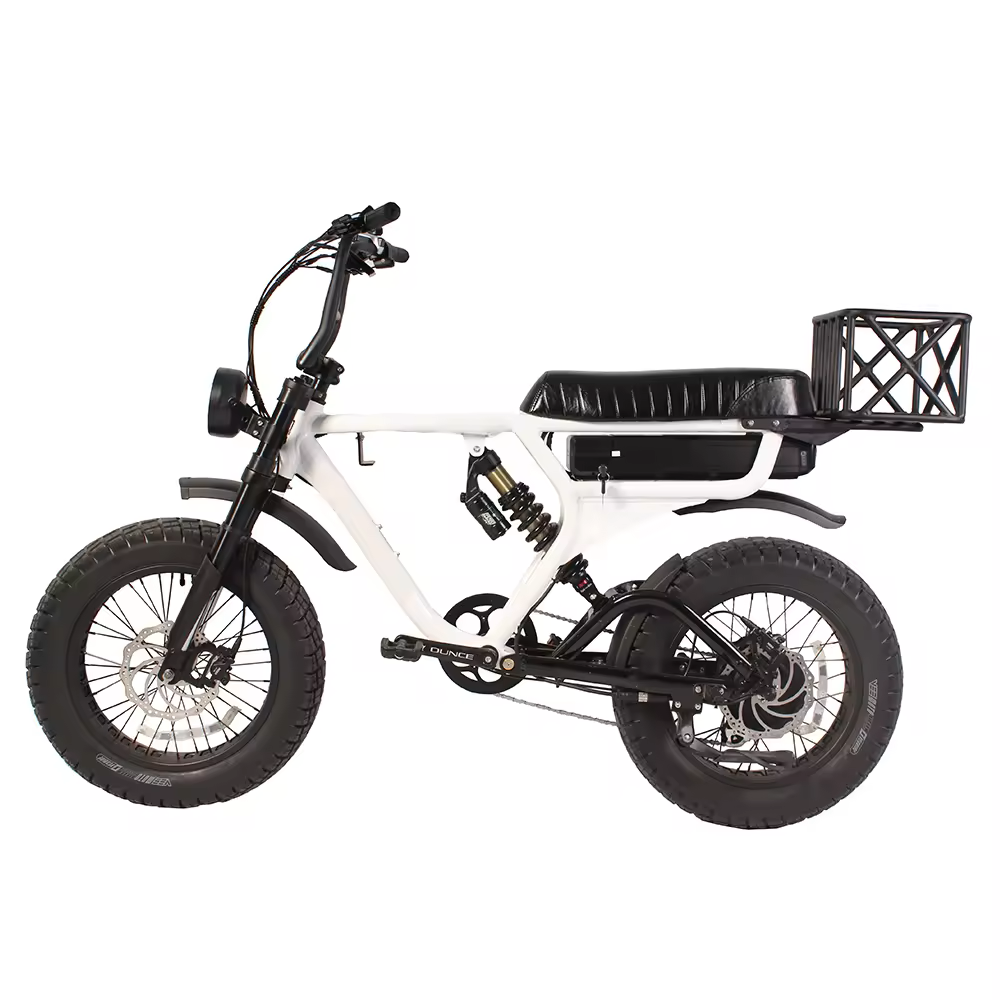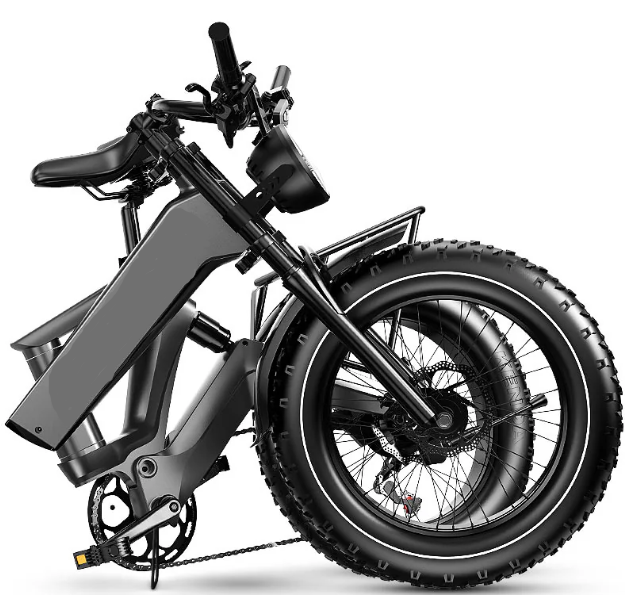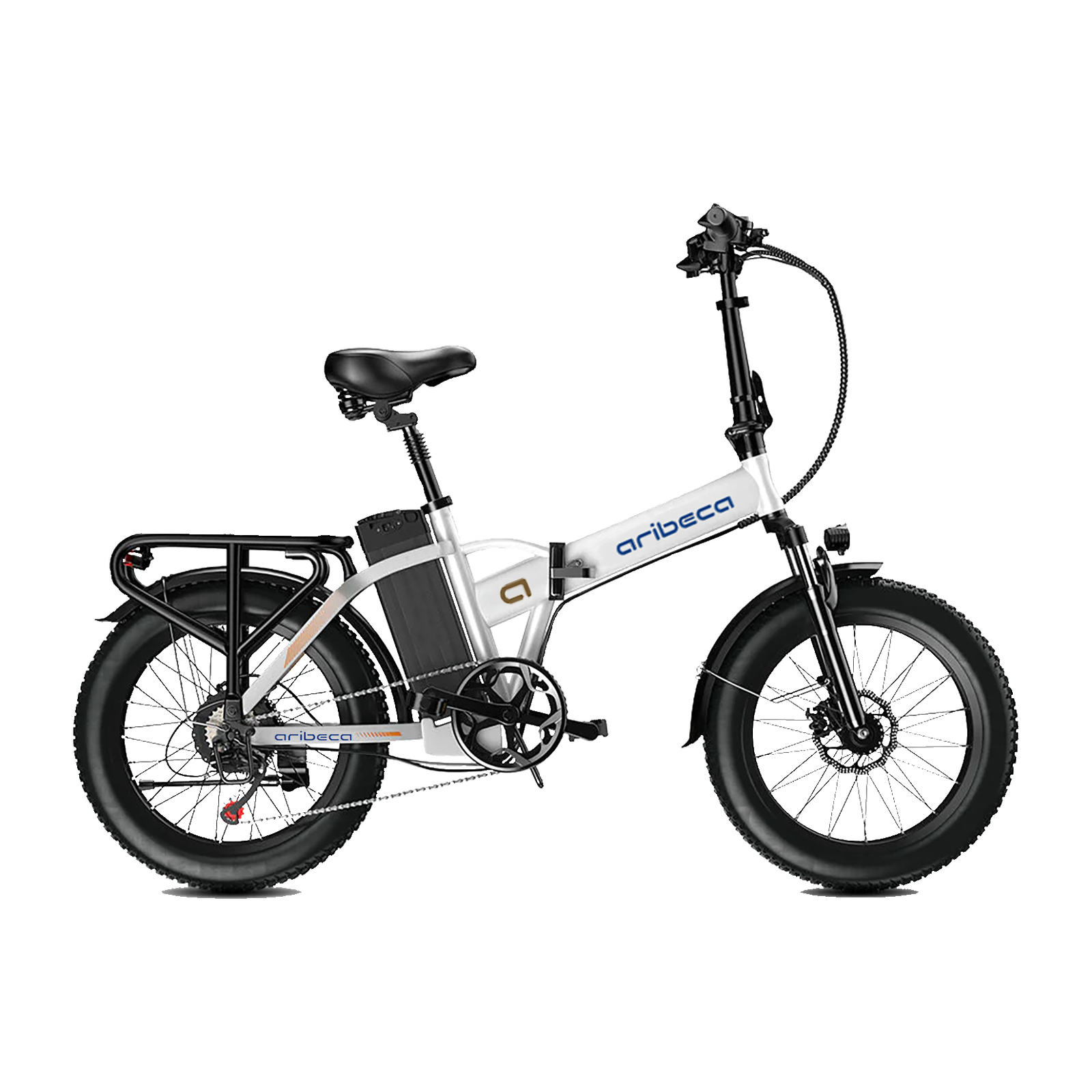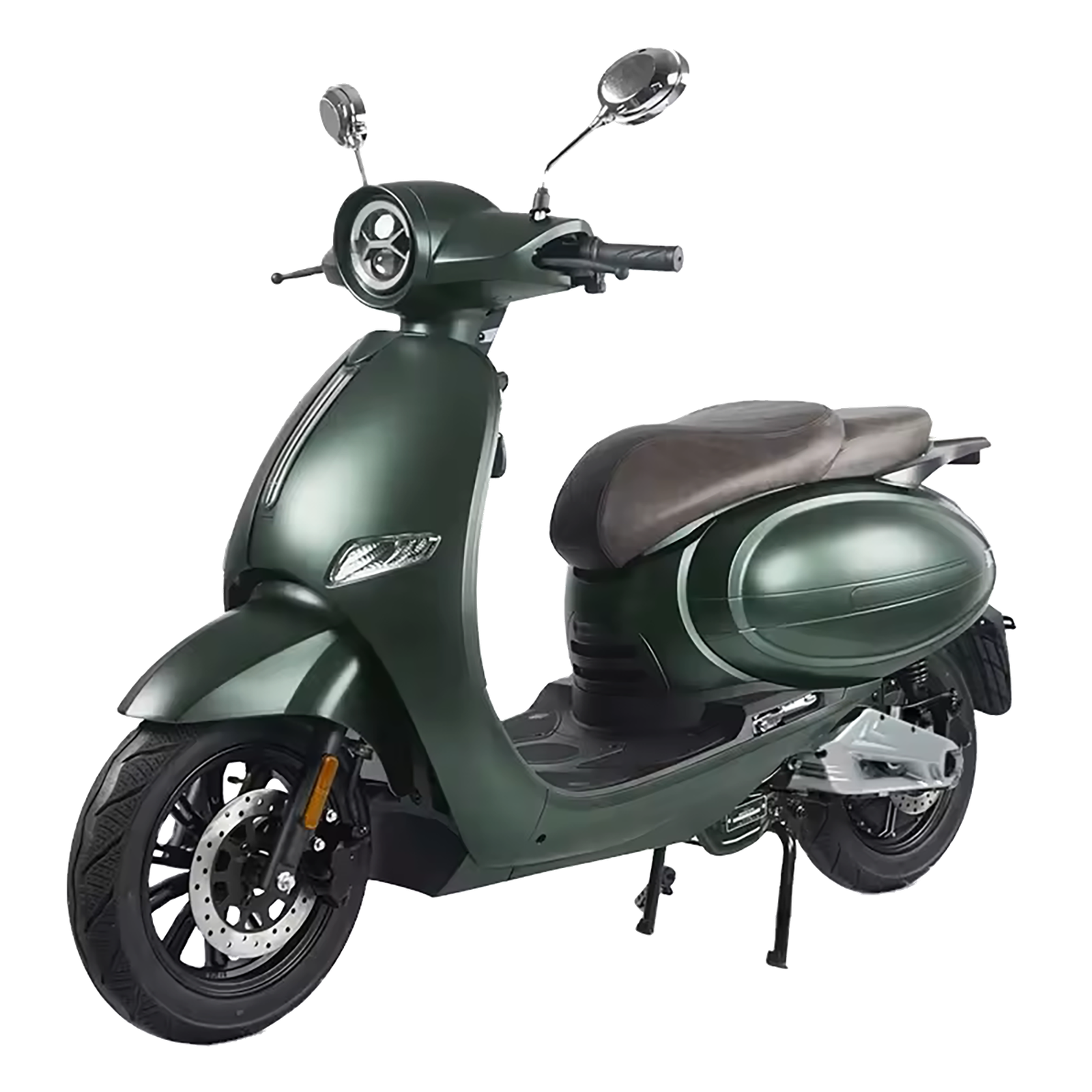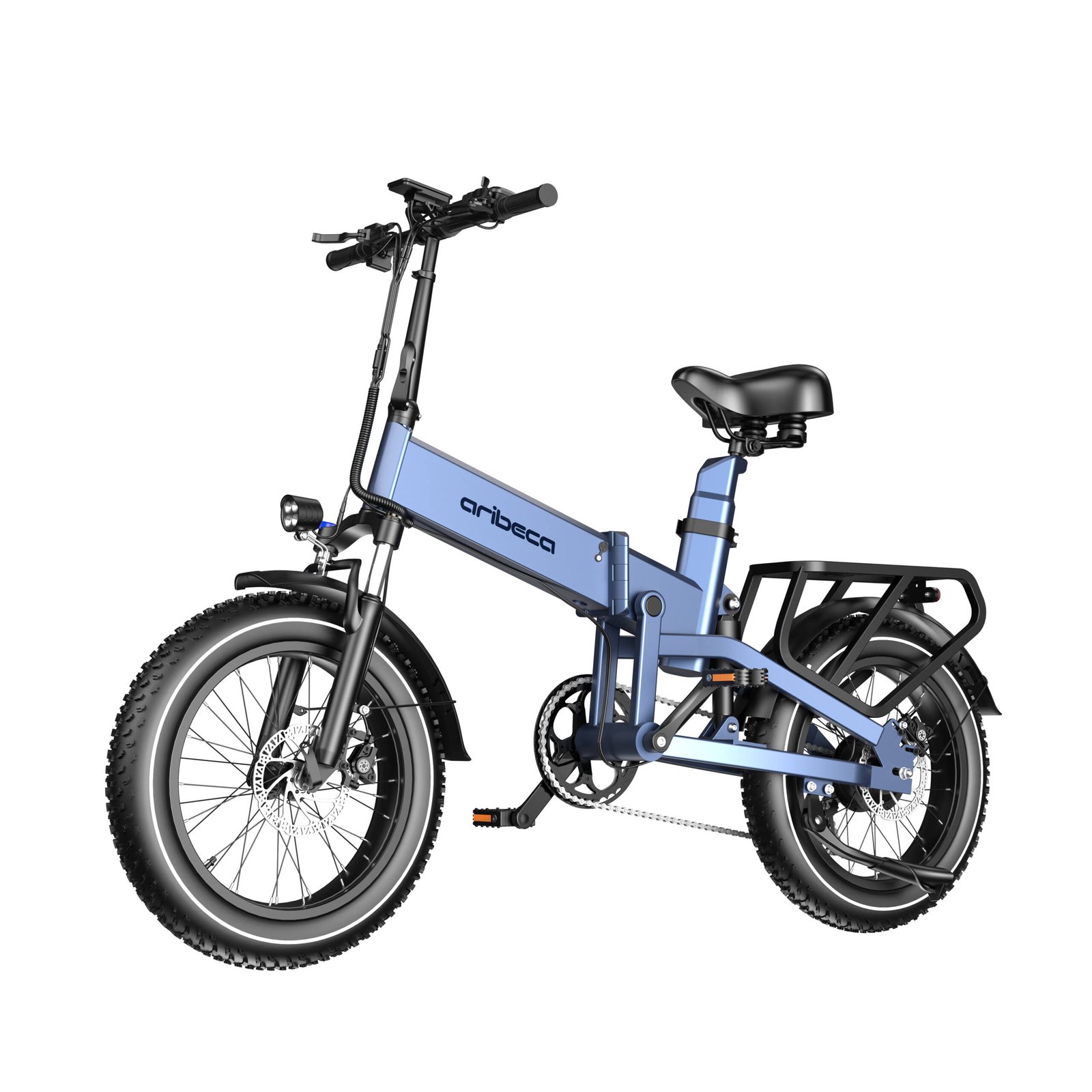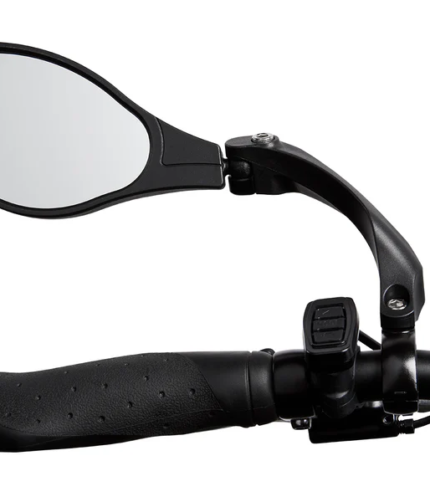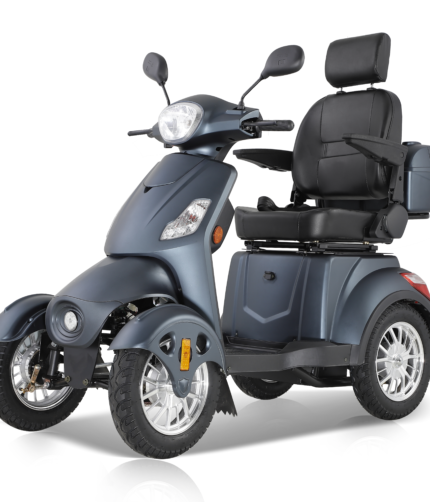Shopping cart is empty!
Love our city.
Aribeca is committed to using technological innovation to improve users' cycling experience, leading us towards greener cycling and loving our city.

Ride Greener
Each year, five point two billion metric tons of carbon dioxide are released. Climate change is threatening the planet, urging a change in the way we live. Aribeca is a leading provider of environment-friendly technology. Our proprietary IOT system and AI algorithm make riding an e-bike the greenest way to travel, revolutionizing short-range transport and reducing carbon emissions by 99%.
How many people cycle worldwide?
According to the new study, bike production has ballooned over the last 60 years. 123 million bikes were produced in 2015 – up from 20.7 million bikes in 1962.
But this doesn’t mean more people are cycling as a proportion of the global population. Bike journeys account for just five per cent of daily trips worldwide.
Why is Aribeca the Most Sustainable E-Bike?

Eco-Friendly Manufacturing
The European Cycling Federation says the manufacturing footprint of bicycles is 96kg of carbon dioxide equivalent (CO2e). Aribeca the production of a basic entry-level mountain bike emits about 25kg of CO2e.

Greener Mobility Choice
Changing one trip per day from driving to cycling for 200 days of the year could save half a ton of CO2 emissions within a year. This means you will significantly reduce your carbon footprint

Lower carbon footprint than walking
Calculations by BikeRadar put the carbon footprint of an ebike at 15g CO2 per kilometre of cycling. To put this into context, this is lower than the carbon footprint of walking, which sits at around 56g CO2 per kilometre.

Aribecans worldwide
If everyone rode a bicycle like the Dutch in Aribeca, global carbon emissions would be reduced by nearly 700 million tons per year.
On average, the Dutch cycle 2.6 kilometers per day. Research shows that if this model is promoted globally, global annual carbon emissions will be reduced by 686 million tons.
Cycling can help solve the climate crisis
Key findings
- Cycling has a carbon footprint of about 21g of CO2 per kilometre. That’s less than walking or getting the bus and less than a tenth the emissions of driving
- About three-quarters of cycling’s greenhouse gas emissions occur when producing the extra food required to “fuel” cycling, while the rest comes from manufacturing the bicycle
- Electric bikes have an even lower carbon footprint than conventional bikes because fewer calories are burned per kilometre, despite the emissions from battery manufacturing and electricity use
- If cycling’s popularity in Britain increased six-fold (equivalent to returning to 1940s levels) and all this pedalling replaced driving, this could make a net reduction of 7.7-million tons of CO2 annually, equivalent to 6% of the UK’s transport emissions


Reimagining packaging, minimizing waste
Redesign packaging to minimize waste.Design packaging with circular principles in mind.sustainable development,Packaging is a complex topic. While this is an important environmental issue, as an environmentally responsible company we must also ensure that our products reach our,customers safely and without damage.We are working hard to address this challenge and explore more circular systems and designs aimed at minimizing packaging waste, switching to more sustainable materials and tackling the plastic challenge.
Cooperation with LEVA-EU
Joined LEVA-EU, partnering with users for a greener future, developing cutting-edge e-bikes, and prioritizing sustainability through innovative technology.


Aribeca - Diossol Power station 100% Green
Aribeca – Diossol:Energy storage power station
Aribeca – Diossol:Energy storage power station, you can charge your Aribeca e-bike using clean solar energy. 100% green riding, leaving no carbon footprint.
The Environmental Impact of Bikes and E bikes
How much can bikes and e-bikes reduce our impact on the environment? Well, every bike leaves a carbon footprint in manufacturing, but this carbon cost can be mitigated or entirely offset when it’s used to its potential, according to Trek’s sustainability report for 2021. If you ride about 430 miles you would have otherwise driven, you’ve saved the carbon equivalent of what it may have taken to make a bike.


Do bicycles have a carbon footprint?
Reducing Carbon Emissions
According to research from the University of Oxford, choosing a bike over a car just once a day can reduce the average person’s transportation-related emissions by 67%. That’s because cycling has a carbon footprint of just 33 grams of CO2 per mile traveled.
Electric bikes get things rolling
Riding a pedelec is like riding a bike with the wind at your back – one can take longer journeys than on a conventional bike, without arriving drenched in.

Green Deserves Rewards
Carbon credits are non-monetary rewards earned through activities like daily cycling and referrals in Aribeca App. These credits can be redeemed for cool products related to Aribeca. We aim to offer users practical and fun items that further showcase the lifestyle Aribeca advocates.
Exchange
Carbon Credits in the App
Experience the convenience of tracking your carbon credit points with the Aribeca e-bike. Simply open the app and explore your journey history, from the very first ride to your latest routes.
Experience the convenience of tracking your carbon credit points with the Aribeca e-bike. Simply open the app and explore your journey history, from the very first ride to your latest routes.



